We are all aware of what spices are and how they can be used to add flavor to food. But have you ever heard about the most expensive spice across the world? It is called saffron, a rare plant that has now become an obsession for many people. The article will discuss its healing properties, cooking uses, cultivation, availability, and prices across different markets.
What is saffron and what are its uses?
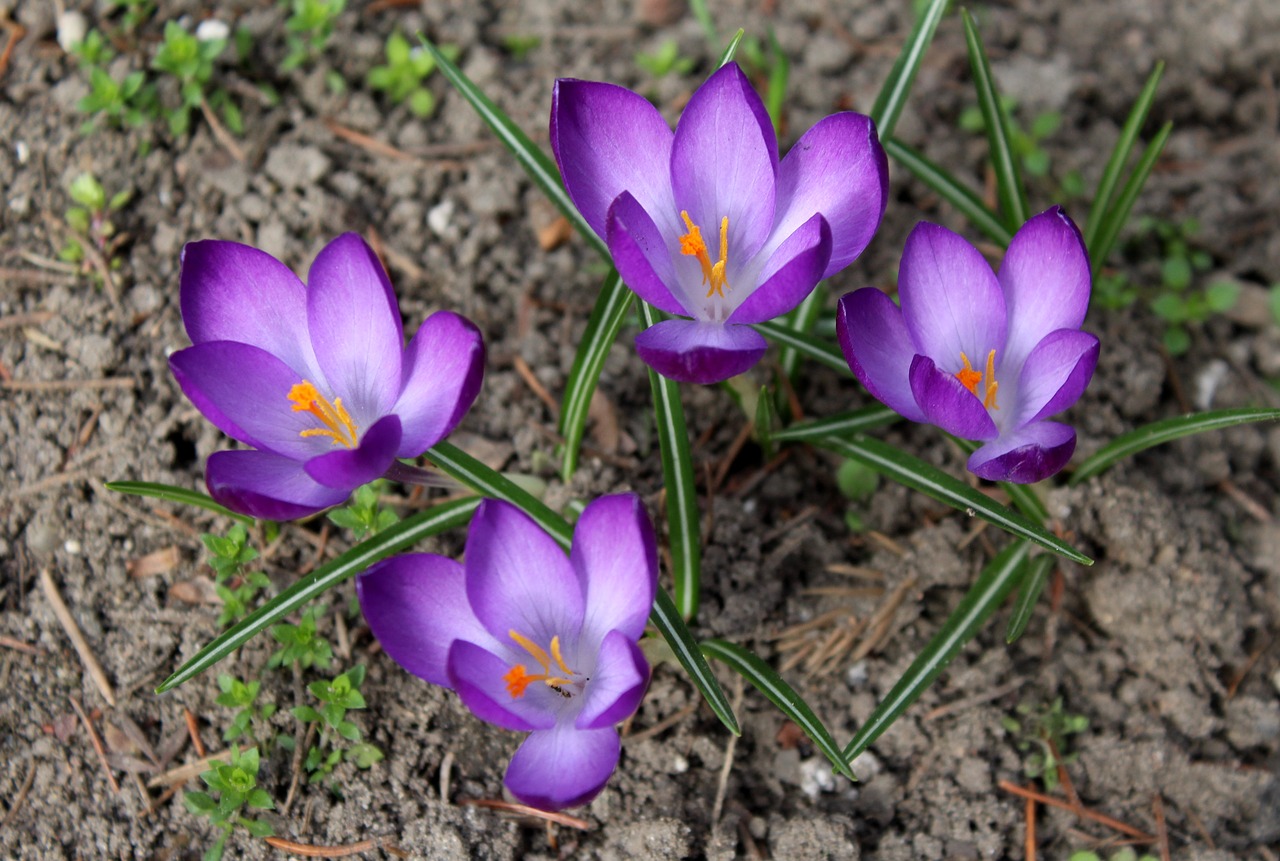
Saffron comes from the saffron crocus flower. And each flower has three red stigmas — that’s the saffron.
Most of the world’s saffron comes from a single country: Iran.
Saffron is made up of red threads that are harvested by hand and dried out before being sold to consumers or food companies. Some people dry it over low heat for an hour after preparing it, which increases its power as a natural dye but also shortens its shelf life to about three years instead of five.
Saffron is used in many different recipes such as arroz con pollo (a Spanish dish), paella Valenciana (another Spanish style rice recipe), and risotto Milanese (an Italian Rice Recipe). It has also been shown to help improve moods, relieve depression and reduce anxiety while at the same.
Why it’s so expensive?
Saffron is so expensive because it can only be grown in specific regions of the world. Most of the saffron we have today comes from a single country: Iran.
The saffron threads are harvested by hand and dried out before being sold to consumers or food companies. Most of the time, drying over low heat for an hour after preparing it will increase its power as a natural dye but also shorten its shelf life to about three years instead of five.
Iranian farmers also say that they need to use twice as many crocus flowers, which are where the spice gets its color and flavor, to get a kilo worth of good quality saffron threads than what would be needed for other places like Spain or India.
The harvesting process plus its distinct flavor, smell, and color make it the most expensive spice in the world.
How to use saffron in your cooking?
The most expensive spice in the world can only be grown in specific regions of the world so its use as an additive for rice dishes, kinds of pasta, sauces, and dessert recipes has taken off with many people around the globe interested in cooking with this rare ingredient. You can also heat them and release their flavor before adding them to sauces, pasta dishes, or rice.
Sautee the threads to release their flavor before adding them to sauces, pasta, or rice cuisines. The flavors of saffron can also be used in desserts like ice cream and custard-based cakes.
Recipes that include saffron
Saffron can be used to cure all kinds of ills, but it’s also an expensive delicacy.
- arroz con pollo and paella Valenciana.
- Italian recipes like risotto Milanese also make use of this spice, as do many other rice-based dishes around the world.
- Saffron can be used in desserts like ice cream and custard-based cakes, too!
Indian recipes make use of this spice as well. Most Indian cooking uses the dried threads, but some still prepare it fresh with a pinch to add flavor to their dishes that are typically cooked in ghee or clarified butter.
There is also an Indian dish called kheer made by boiling rice and milk until thickened before adding sugar and saffron to achieve its signature orange coloration.
Tips for buying and storing saffron
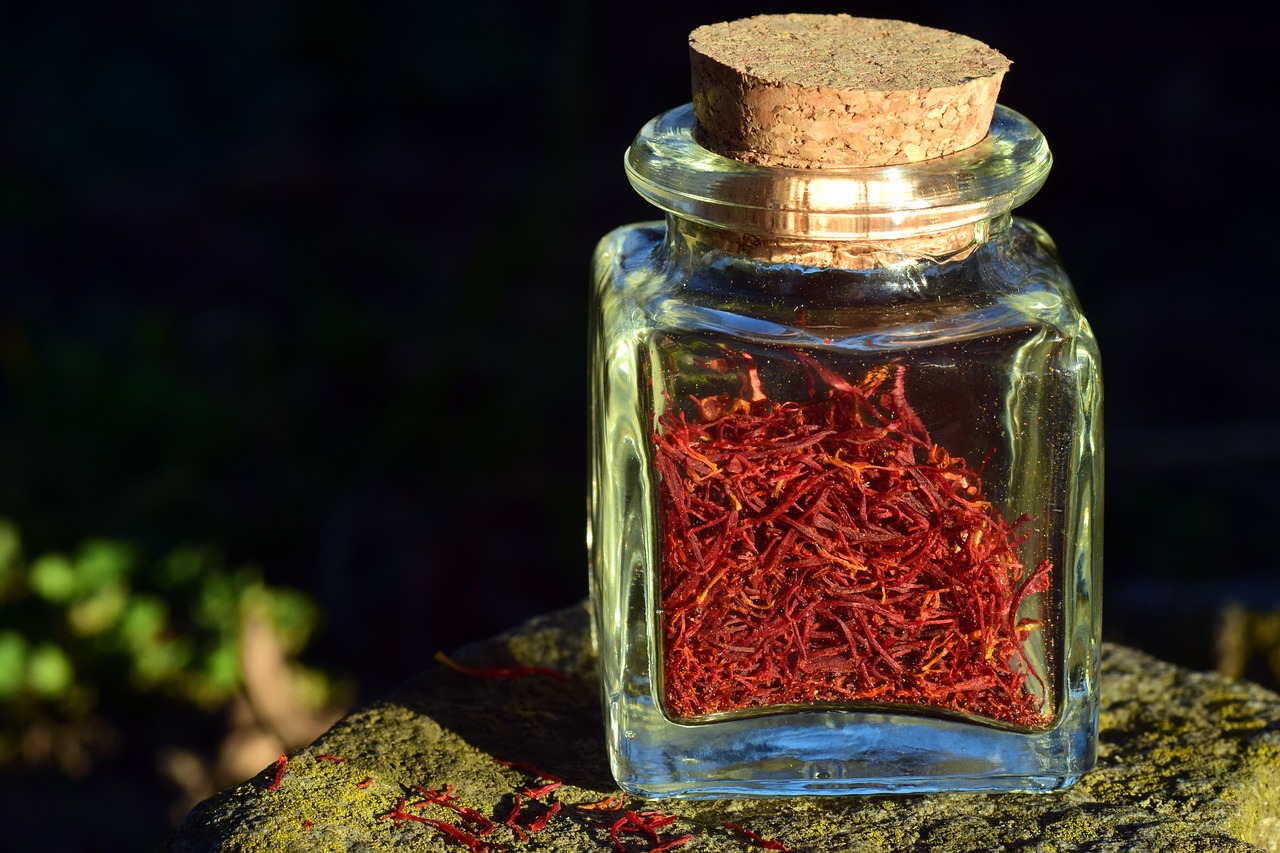
Cheap saffron is more than likely not real saffron. Most people can’t afford the expensive stuff, so you need to watch for these common scams:
Buy small quantities – it’s best to buy a smaller quantity of high-quality products instead of risking your money on an inferior one.
Purchase from reputable sources – many companies sell fake saffron by adding other spices like turmeric and food coloring agents to fool the customers into thinking they are getting the good stuff when in reality they’re just being scammed out of their hard-earned dough. It’s important that you purchase this spice only from reliable vendors who have quality assurance measures put into place such as DNA testing.
Other interesting facts about this spice
Saffron has been used as a natural dye for centuries because it penetrates the fabric and color-fastness.
It’s also the most expensive spice in the world, thanks to its rarity and limited growing areas which include Iran (famous for its saffron), Greece, India (mostly Kashmiri), and Spain. Most of what we purchase today is from Iranian farmers who need twice as many crocus flowers as their Spanish or Indian counterparts to produce saffron threads of good quality.
Ultimately, you’ll need to hand-pick 170,000 flowers to create just one pound of saffron.
Its use as an additive to recipes like arroz con pollo, paella Valenciana, or risotto Milanese has taken off with people all over the globe interested in cooking using this rare ingredient.
The majority of the world’s spices including saffron comes from eastern countries that were part of the world spice trade.
Tips for storing your purchase of this precious spice
Saffron is best stored in a cool, dark place like your kitchen cabinet.
Avoid storing them near any heat source or direct sunlight as this will have an adverse effect on the spice and shorten shelf life to about three years instead of five.
You can also freeze your saffron purchase for up to two years if you plan on using it during that period but do not want to keep stashing it away until use comes around again. Most people recommend keeping just enough of this expensive ingredient at home to last through the next few weeks while others stock up especially when they find good deals online.
Saffron’s price
Saffron’s price fluctuates depending on the country and season. Most of what we purchase today is from Iranian farmers who need twice as many crocus flowers than Spanish or Indian counterparts to produce saffron threads with good quality, so their prices are generally higher.
In Iran, you will find it at a reasonable price in October, November, and December when harvesting takes place. On the other hand, Spain’s harvest times don’t overlap with those of Iran which means they have an abundance of supply year-round without any significant increase in demand – thus resulting in cheaper pricing for us consumers!
The most expensive spice across the world has healing properties that span centuries as well as cooking uses that are both traditional and innovative because there isn’t anything this spice can do.
Alternatives to saffron
If you cannot afford the most expensive spice in the world, or if it’s not available to you locally, there are a few alternatives for achieving similar flavors:
Cardamom – This is more of an Indian flavor and has been said to be a reasonable substitute.
Turmeric – another common alternative that produces different colors but still tastes great with rice recipes like biryani. Turmeric offers some health benefits as well!
Cloves- another less expensive option that can give your dish a warm taste that pairs perfectly with meaty dishes such as beef stroganoff or chicken cacciatore.
Paprika (pimentón) is yet another way to get close to saffron without spending all your monthly budget on it.
Other Expensive Spices
There are many other expensive spices worth mentioning, but these few give you an idea of what they might cost and their potential substitutes for those who cannot afford them or don’t have access to the ingredients locally.
Today, many spices are still considered to be highly valuable in worth and price. Here are some of the most expensive spices in the world.
Vanilla Beans
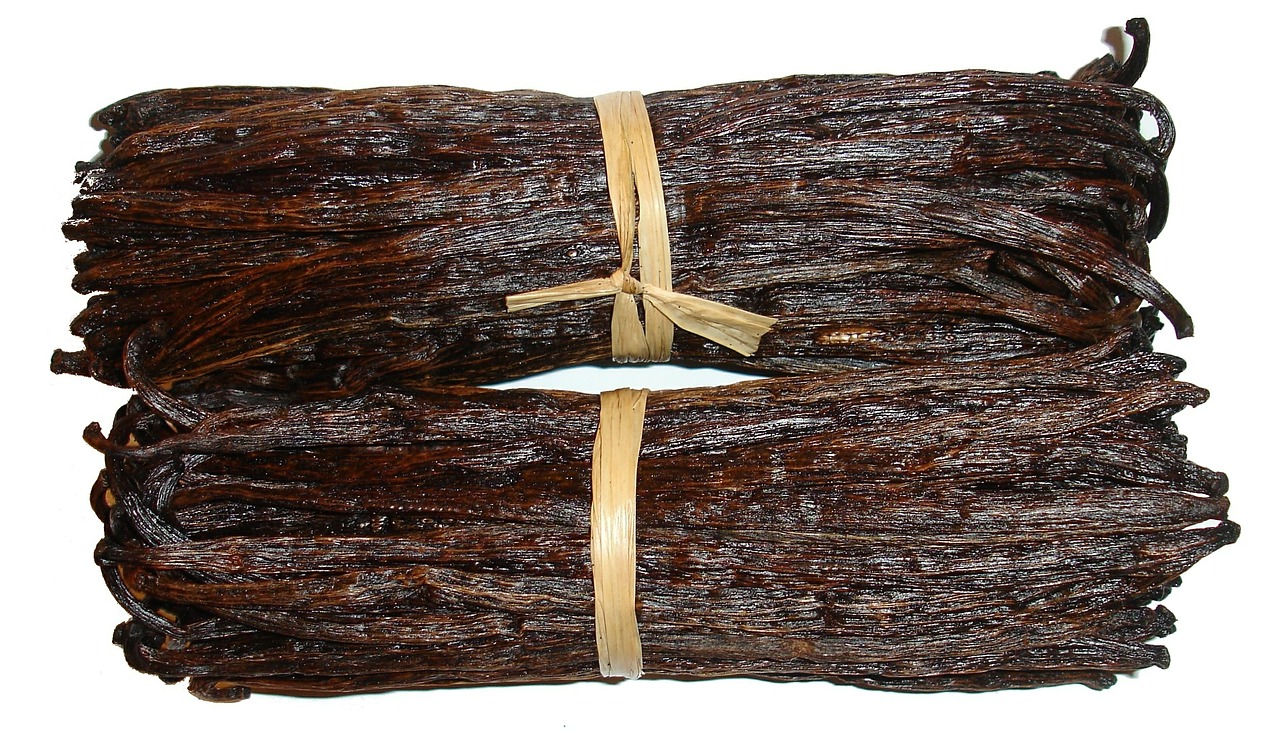
vanilla is also very expensive. Most of what we purchase today comes from Madagascar but it used to grow plentifully in Mexico until climate change wiped out their crop.
While it originated in Mexico vanilla is famously cultivated in Madagascar and other islands in the Indian Ocean.
Ceylon Cinnamon
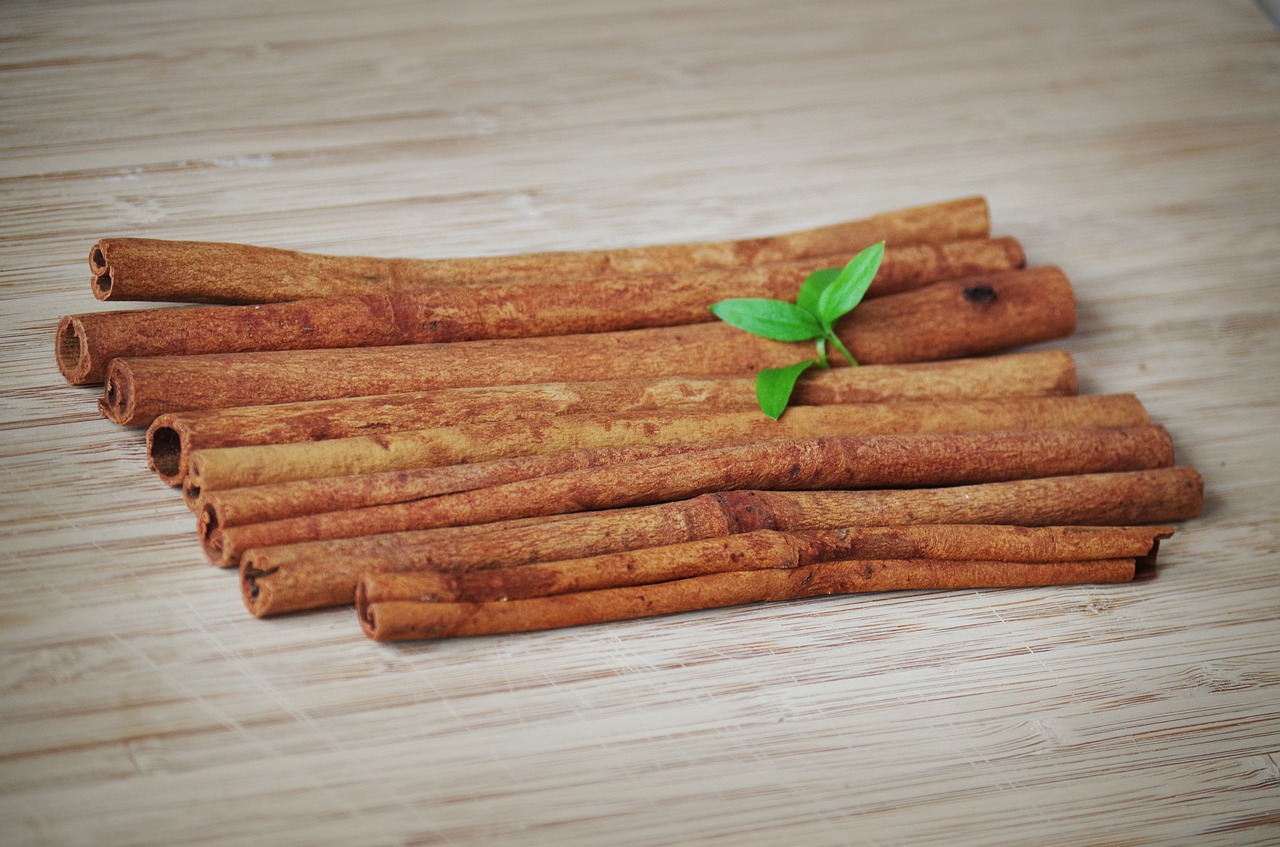
Ceylon cinnamon is another one worth mentioning because it has many culinary uses such as gingerbread cake or apple pie with cinnamon ice cream on top!
It is one of the oldest spices in the world and is used mainly to flavor desserts. Today, it is used in many countries as a staple spice for many dishes.
Kaffir lime leaves
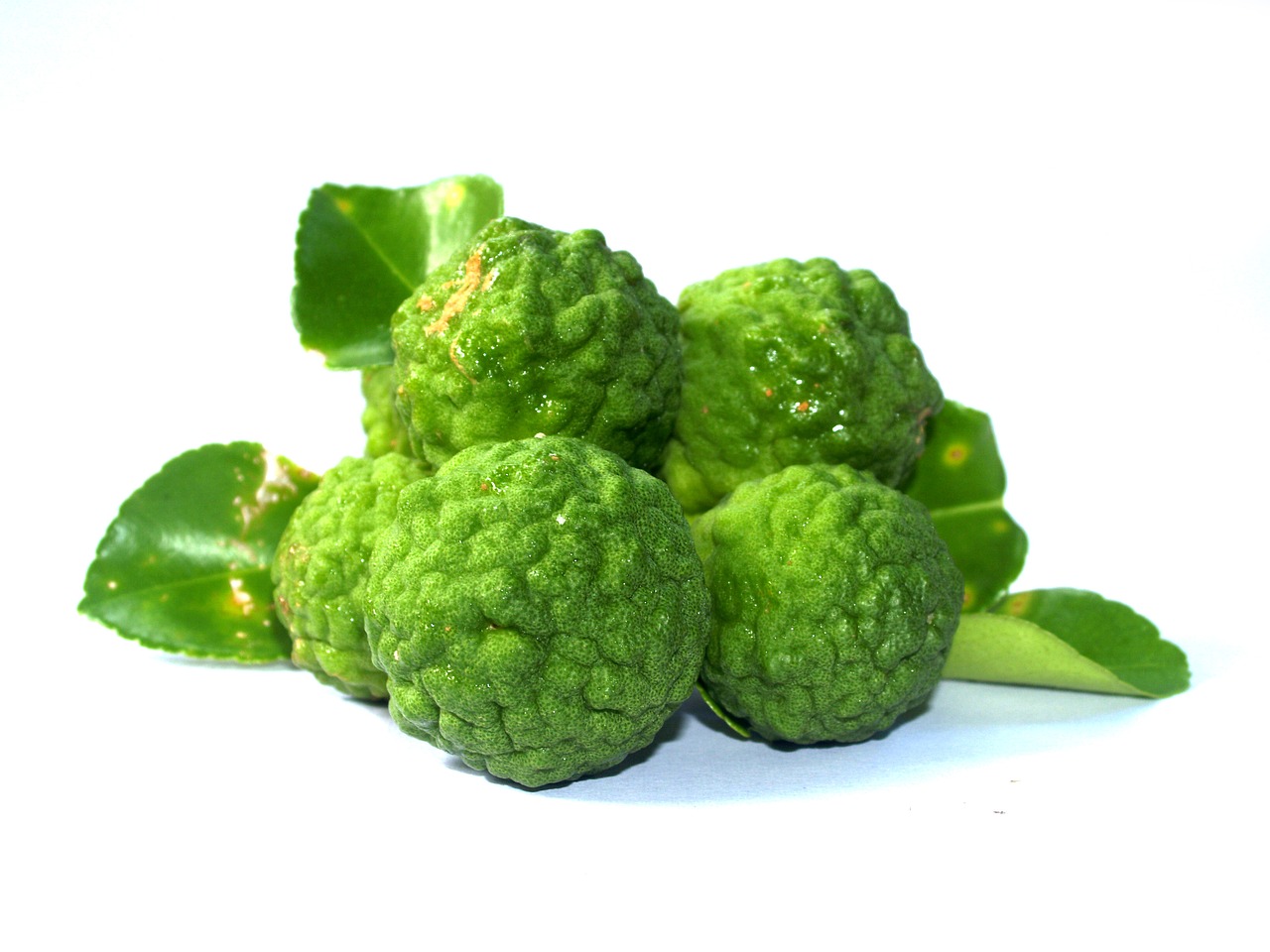
The Kaffir Lime is known as wild lime or Indonesian lime and it’s used mainly in Cambodian, Indonesian, Laotian, Malaysian, and Thai cuisine
kaffir lime gives dishes an authentic Thai flavor and are most often used in soups, curries, or stir-frys. But don’t expect this to come cheap, as dried kaffir lime leaves price tag rises to $31. 7
Black Cardamom pods
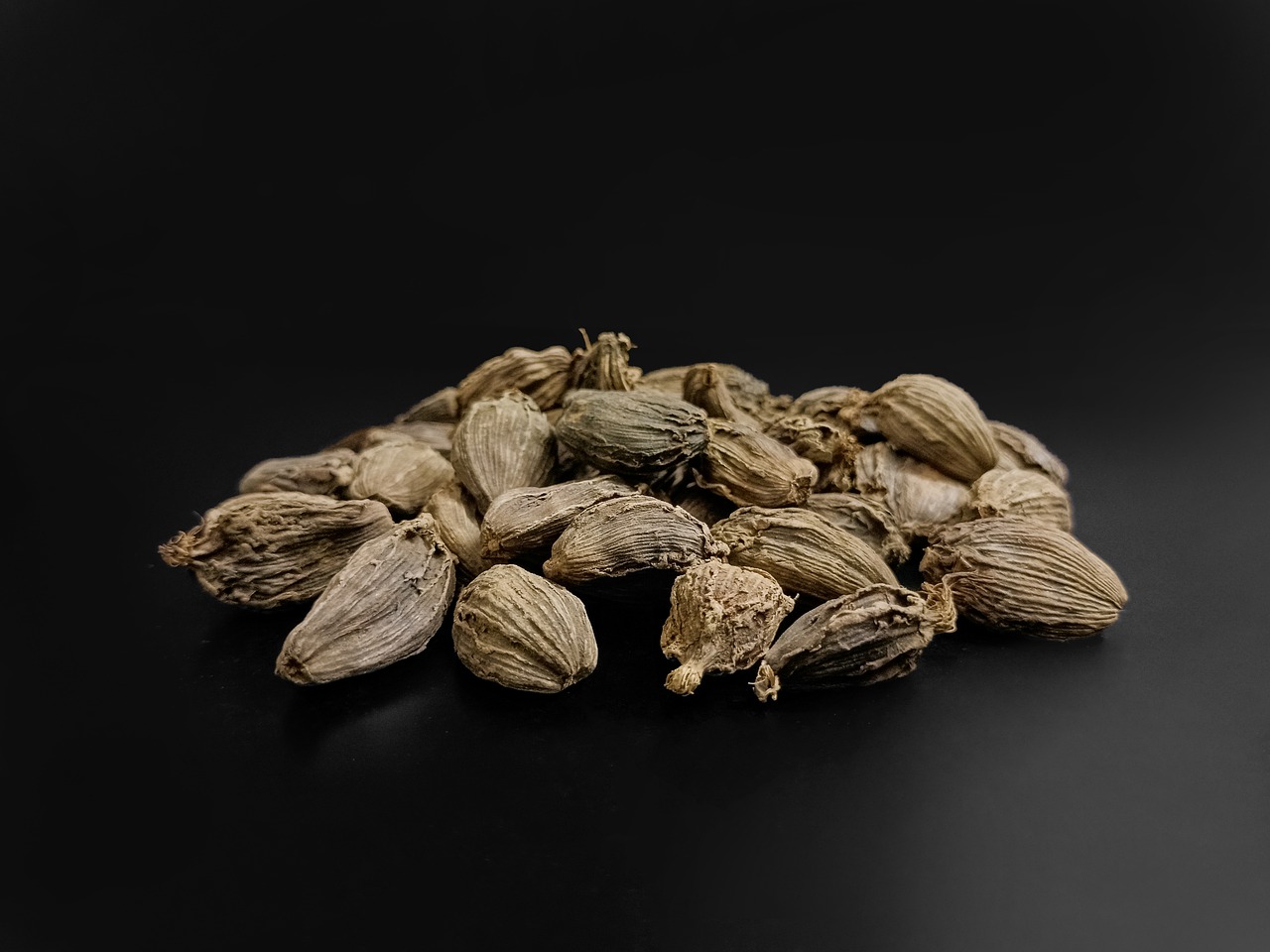
Another spice that is worth mentioning because it has a very different taste than cardamom but can still be substituted for if you cannot find the former. This spice has a smoky, earthy, and tart flavor and is used mainly to flavor savory dishes.
Alligator pepper
This is a spice that has been said to be close in flavor and taste as well.
Black pepper
Black pepper is another spice that can be substituted with a dash of cayenne or red chili flakes. Most people say it’s not as good but it will still get the job done if you’re in need!
Chinese cinnamon
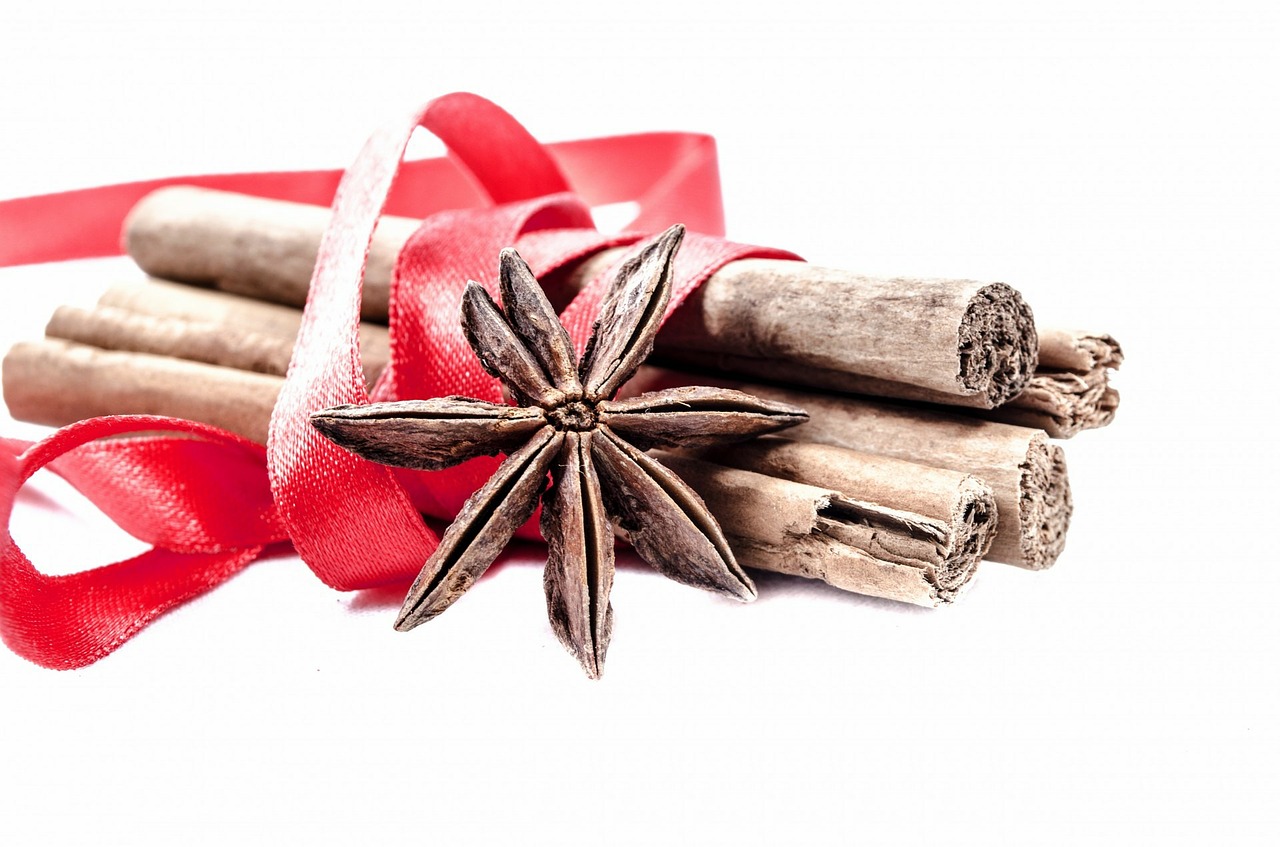
Chinese cinnamon or cassia cinnamon is another spice worth mentioning because it has a different taste than Ceylon but still offers many of the same culinary uses. It can also be used in powder form.
Roman pepper
This pepper is not as popular but it does have many culinary uses and a similar taste to black pepper.
Green cardamom pods
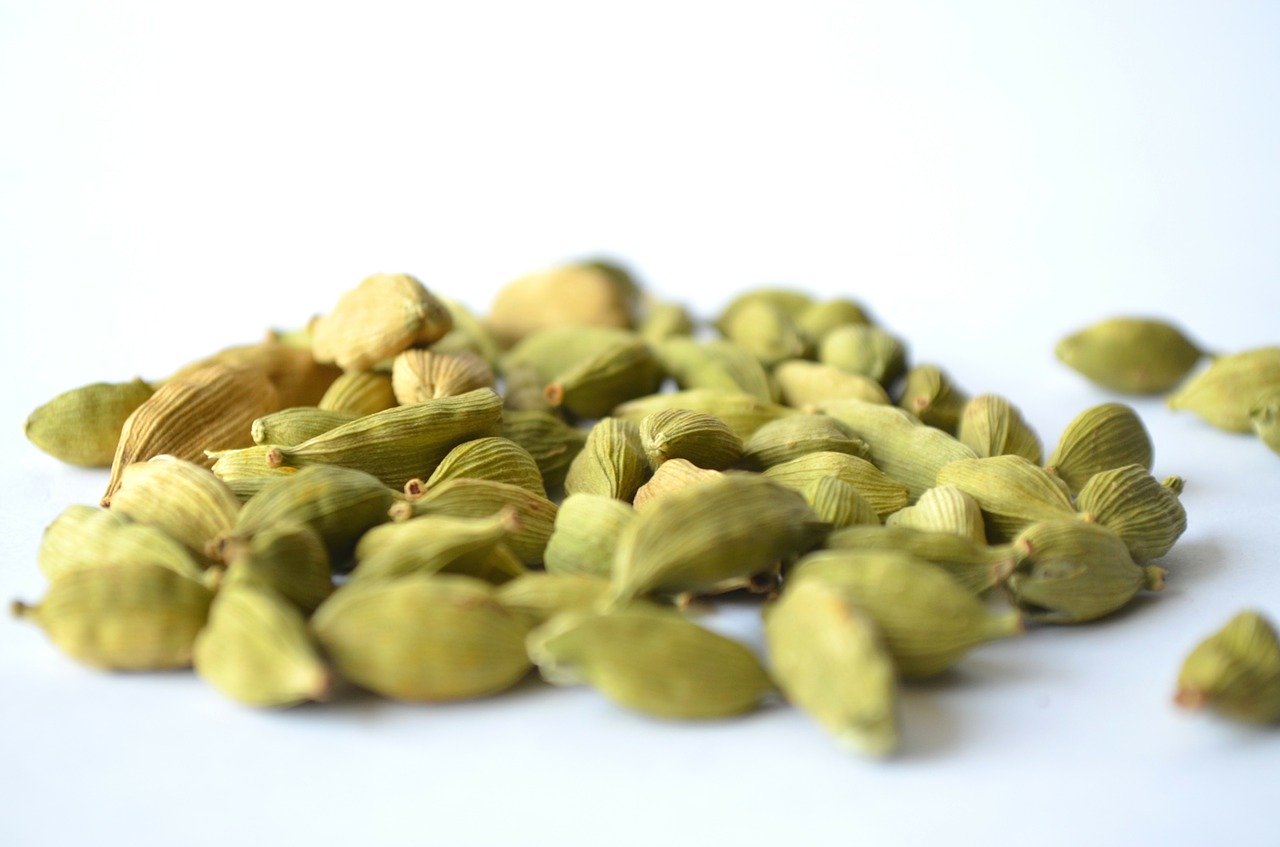
Green cardamom is one of the expensive spices and the most common in Indian cuisine and has a smoky taste that many say is very close to saffron.
Cardamom is the undisputed number three most expensive spice. Cardamom is a plant that is related to the ginger family. It has a fiery-spicy flavor.
Black cumin seeds
Black cumin or Kala jeera is a spice that comes from Egypt, Iran, and India. It is very hard to get. It can be confused with nigella – black caraway or onion seed. This spice is expensive because it’s hard to find.
Long pepper
Long pepper is a spice that can be used in food. When it is roasted or dried, the flavor becomes richer. The price of this spice goes up to $38. 5 and may even go higher than that. It was popular with the Greeks and Romans, but it is not very common nowadays in European cuisine.
Mahlab
Mahlab is a spice that comes from the seed kernel of soft cherries (St. Lucie cherries). It is given different names depending on what language it’s in, mahalab (Arabic), mahleb (Persian), mahaleb or moglan-e-rehmat (Pashto), and so forth.
Frequently Asked Questions
What is another name for this spice?
Answer: A popular name for saffron is “red gold” because it is so expensive and rare.
Saffron originates from the purple crocus, which blooms in mid-autumn; the stigmas must be picked by hand. Saffron imparts a golden hue to food and has a rich flavor, but also has an intense aroma (similar to fresh hay). The seasonings on Indian dishes such as paella or bouillabaisse contain saffron, and many Persian dishes use it as well – consider using this spice as you would other seasoning but use sparingly. Some people even say that some of the world’s most beautiful words are ‘saffron,’ ‘pork,’ and
How much does it cost in general and where can I buy it exactly?
Answer: The cost of saffron can vary greatly depending on the place it’s bought, but you can find some good deals pretty easily. On Amazon, it could range from $11 for 7 grams to $400 or more when purchasing in bulk. It’s a spice that can pay for itself in the savings over other popular cooking items–for instance, if you use two tablespoons of cinnamon every day then saffron would last over 12 years! You don’t need much as there are only about 14-30 strands in a gram and our recipe only calls for half a teaspoon worth. The best way to access this information is to google “Saffron prices near me” and enter the address where you live so that Google provides.
Is there any risk of poisoning from using this kind of spice?
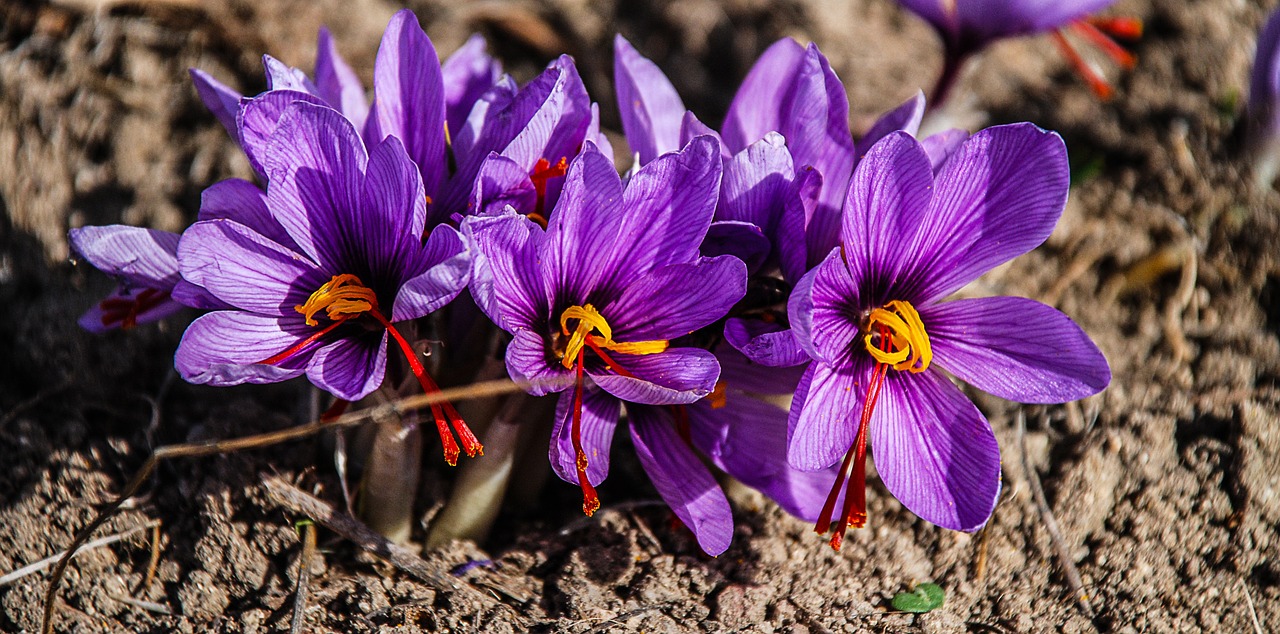
Answer: There is no risk of poisoning from using saffron.
Poisoning doesn’t just happen when you consume something; it can be caused by inhalation and topical application, too. Because saffron comes to us only in the form of ground grain, there’s not enough material for any kind of poisoning to take place.
If you’re concerned about safeguarding yourself against the possibility of poisoning then eat your saffron with plenty of water or milk, which would wash down the active chemical before it took effect on your system. (You’ll still experience some minor GI disturbance afterward though). Drinking lots and lots–and I mean LOTS–of water will also help flush any trace amounts out more
What are some common dishes that use this type of exotic ingredient?
Answer:
Lamb cooked with fresh saffron and a pinch of cinnamon – 1 tbsp of Indonesian blended spices containing coriander, cloves, cumin seeds, cinnamon pods, cardamon.
Saffron tea – 1 tablespoon of loose green or white tea leaves rolled into clumps per pot with 2 tablespoons of dry saffron for steeping before drinking.
Saffron rice (saffron’s pilaf) – start by frying some diced onion in oil for 5 minutes then add 3 cups of crushed tomatoes and cook it for another 15 minutes before adding 4 tablespoons of long grain rice to the mixture and browning it over medium heat for 20 minutes stirring occasionally. Finish the dish by dicing up bacon
Which country has imported the largest amount of saffron per year?
Answer: If you exclude countries that have imported saffron in smaller quantities, India takes the cake at a remarkable expense of $77 million.
In 2016 alone, India imported more than 110 metric tonnes of high-quality Spanish saffron! The US came second with 87 metric tonnes and Italy kicked things off with 40 metric tonnes. Outdated or what?
Summary
Saffron is a spice that has been cultivated for centuries. It’s so expensive because it takes about 150,000 flowers to produce one pound and the average harvest lasts only three weeks. You can use saffron in cooking by adding it to rice or other dishes before serving them. Our blog post includes recipes that include this spice as well as tips on how you should buy and store your purchase of this precious spice! Keep reading for more information on storage guidelines and other interesting facts about this ancient culinary ingredient.
This is a brief explanation of just how valuable spices are to everyone and the world.

